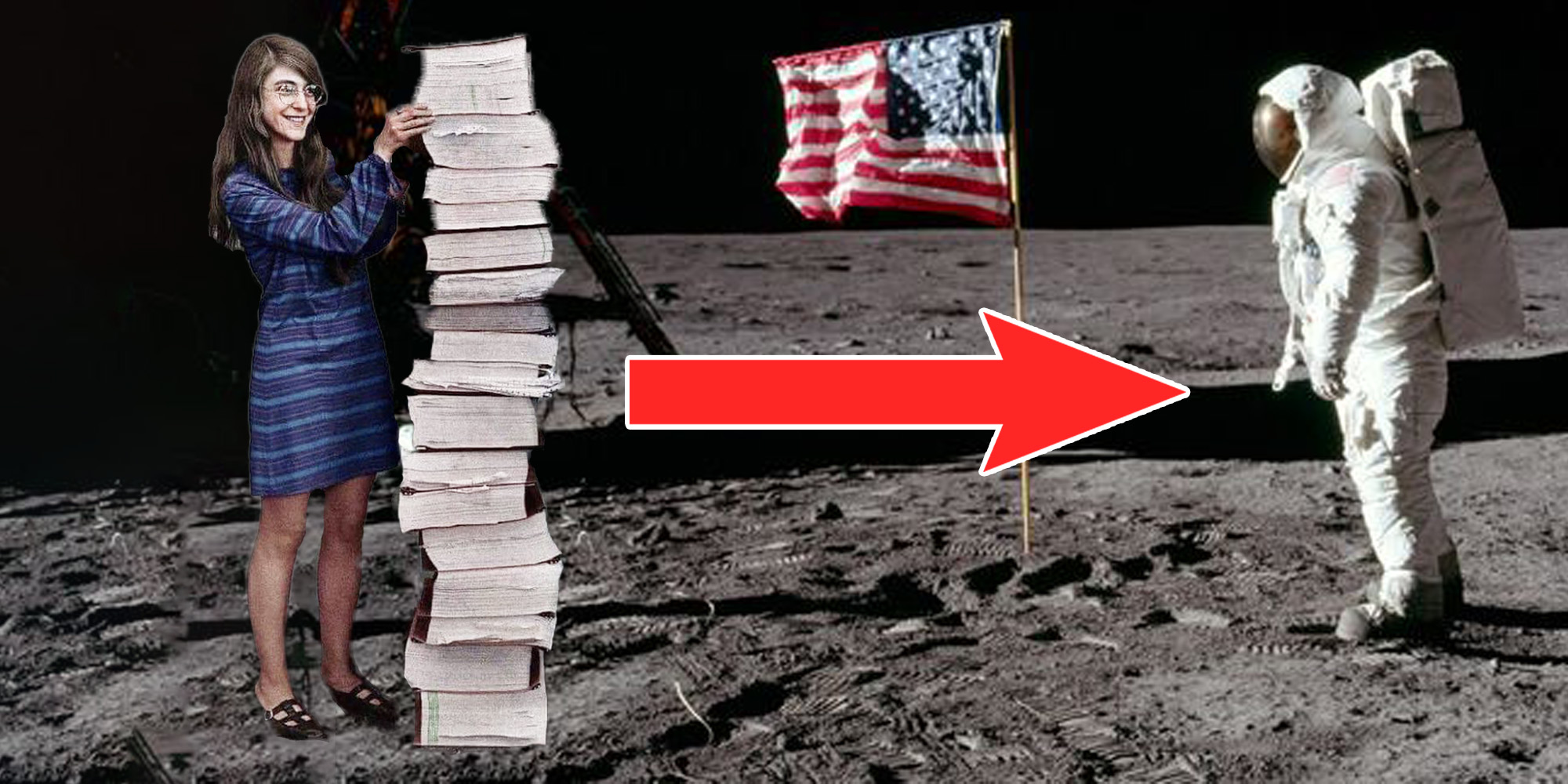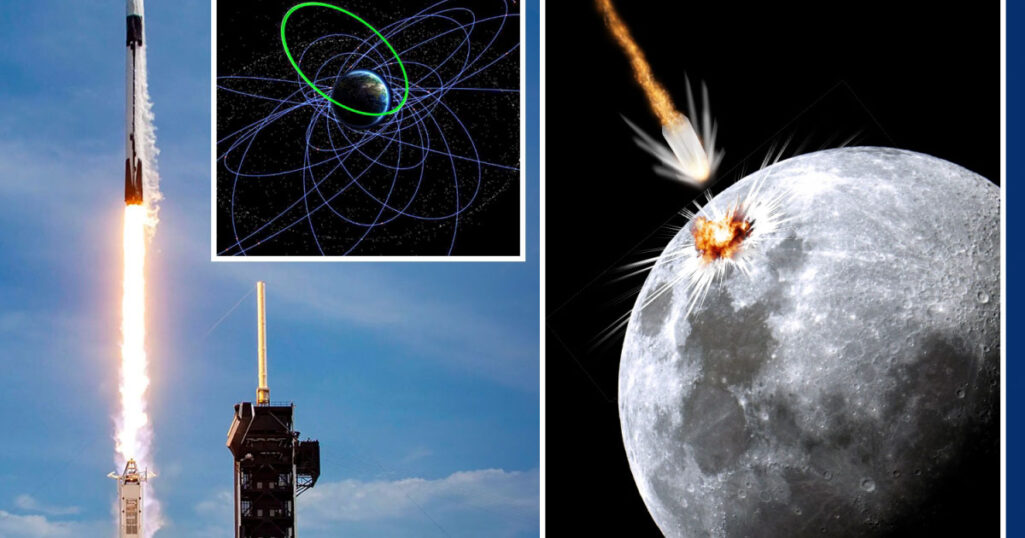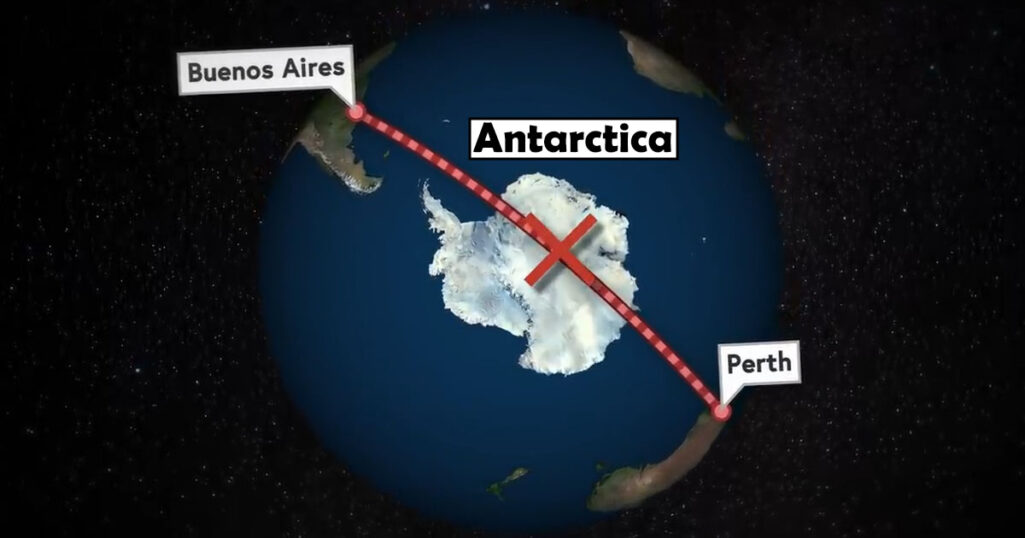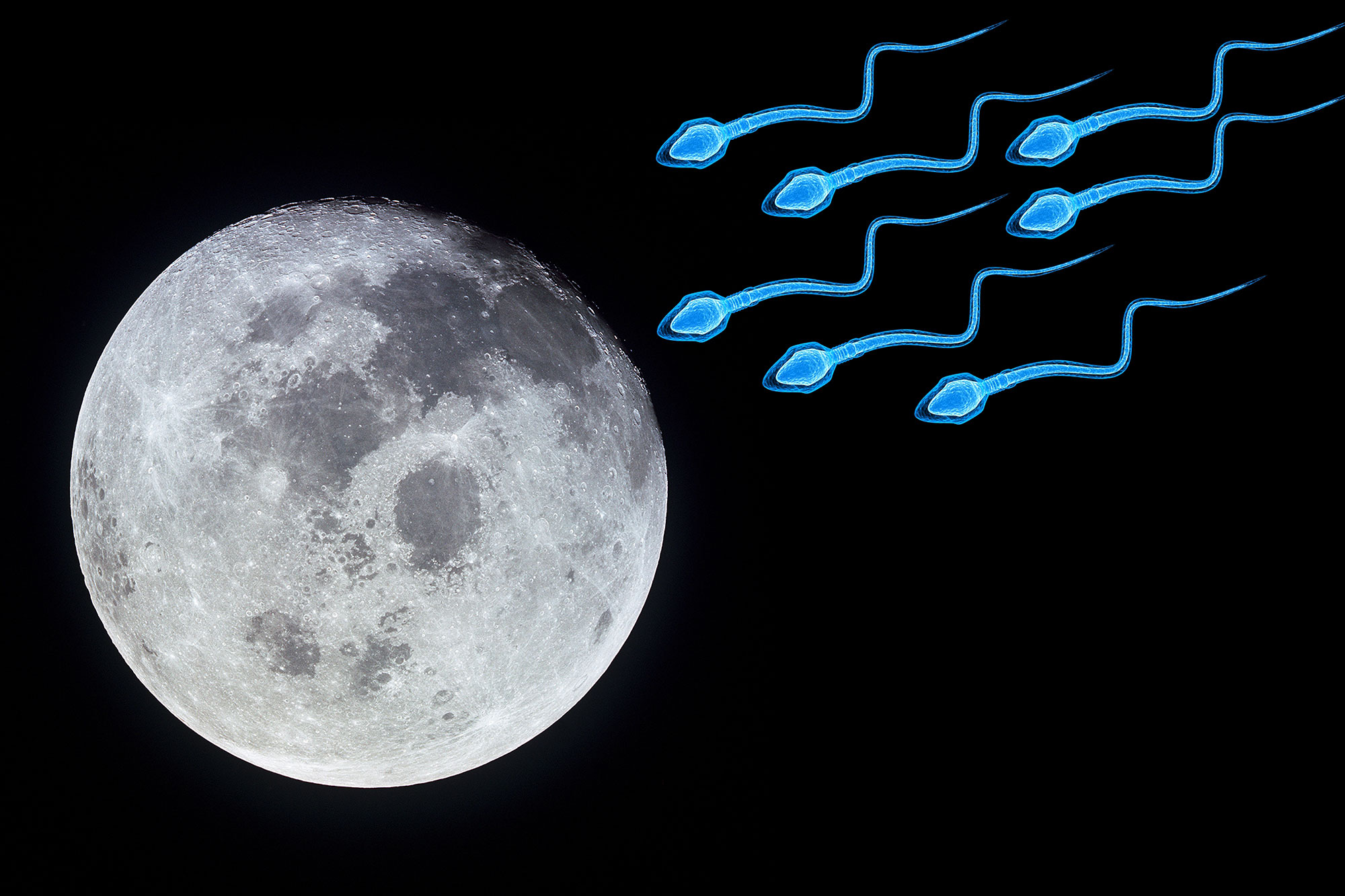
Last weekend, a group of six University of Arizona researchers proposed their concept at the annual Institute of Electrical and Electronics Engineers (IEEE) Aerospace Conference, with study author Jekan Thanga saying, “Earth is naturally a volatile environment.”
Natural disasters such as tsunamis, hurricanes, and tornadoes have already struck humans, and the world will undoubtedly face even more in the future, along with earthquakes, asteroids, and the threat of nuclear war.

With these potentially life-threatening scenarios in mind, the team suggested that humans build an ‘ark’ under the surface of the moon that would contain reproductive cells from 6.7 million Earth animals, including sperm, eggs, spores, and seeds, to help save life as we know it.
The scientists emphasized that in order to defend humanity, humans would focus on space exploration, with Thanga pointing out that an Earth-based repository will make specimens vulnerable to disasters.
The study suggested creating a human “seed vault” on the moon as soon as possible, in newly found lunar “pits” that exceed 80-100 meters below group and were once lava-filled. According to the New York Post, Thanga says that they “provide readymade shelter from the surface of the moon,” which is prone to “major temperature swings,” as well as risks from meteorites and radiation.
UArizona researcher Jekan Thanga's ambitious, Noah's Ark-inspired project aims to preserve humankind – and animal-kind, plant-kind and fungi-kind – in the event of a global crisis. https://t.co/INK23161qz pic.twitter.com/5XDXzX4CA7
— University of Arizona (@uarizona) March 8, 2021
In the case of a global catastrophe, the ‘ark’ will cryogenically conserve different organisms.
“We can still save them until the tech advances to then reintroduce these species — in other words, save them for another day.” Thanga said.
Many plants and animals are considered “seriously endangered,” prompting the ark’s recommendation. It’s close to the Svalbard Global Seed Vault, found in the Arctic Circle, and houses over 992,000 separate plant seed samples.
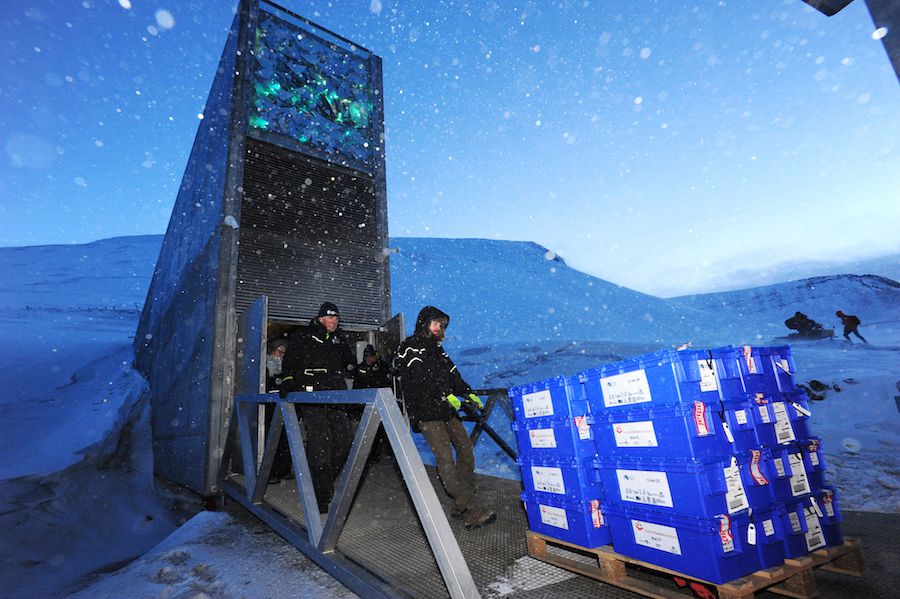
Thanga clarified that the 75,000-year-old eruption of Indonesia’s Mount Toba “caused a 1,000-year cooling period and, according to some, aligns with an estimated drop in human diversity” and that he sees a modern-day correlation “due to human activity and other factors that we fully don’t understand.'”
About the fact that sending 6.7 million sperm samples to the moon seems to be a large mission, Thanga revealed that the team was “a little bit surprised” by how “cost-effective” the mission could be. He determined that it would take 250 rocket launches to carry 50 samples of each species.

